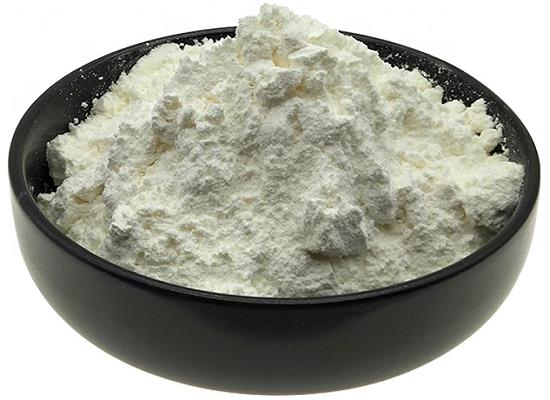Biochemical Engineering is one of the pillar industries of the 21st century and is the interdiscipline of biology, chemistry and engineering, being the general term of biochemical engineering and bio-processing engineering as well as being a branch of biotechnology. It is also one of the frontiers of chemical engineering disciplines and is the means for the conversion of biological technology into productivity, industrialization and commercialization. Biochemical Engineering products are products with animals, plants, microorganisms as raw materials and processing through approaches of biochemical engineering, physics and chemistry. It is widely applied to various kinds of fields including medicine, food, feed, basic organic chemicals, organic acids and bio-pesticides.
Forskolin: Natural Origin, Mechanism of Action and Safety
Forskolin is used for the treatment of eczema, asthma, psoriasis, cardiovascular disorders and hypertension, where decreased intracellular cAMP level is believed to be a major factor in the developmen
Dec 13,2024 Biochemical Engineering1-Naphthaleneacetic acid: an important plant growth regulator
1-Naphthaleneacetic acid (1-NAA) is an important plant growth regulator used not only to prevent the preharvest drop of apples but also as a fruit thinning agent.
Dec 13,2024 Biochemical EngineeringUses and synthesis of 5-Methoxyuridine
5-Methoxyuridine is an analog of Uridine and is used as a reagent in the synthesis of 5-OMe-UDP, a potent and selective P2Y6-receptor agonist.
Dec 12,2024 Biochemical EngineeringOstarine: Overview and Clinical Efficacy
Ostarine, a selective androgen receptor modulator, enhances muscle growth and fat loss, lacks FDA approval, and requires careful use and post-cycle therapy for sustained benefits.
Dec 11,2024 Biochemical EngineeringD-(-)-Salicin: Phytochemistry, Biosynthesis and Metabolism
D-(-)-Salicin, a phenolic glycoside, undergoes enzymatic biosynthesis and metabolism into salicylic acid, highlighting its significant anti-inflammatory and pro-apoptotic medicinal potential.
Dec 10,2024 Biochemical EngineeringD-Alanine:Occurence,Uses and Biosynthesis
D-Alanine is a very strong basic compound (based on its pKa). D-Alanine exists in all living species, ranging from bacteria to humans.
Dec 6,2024 Biochemical EngineeringDoes soy contain S-equol?
No. S-equol is not found in soybeans, but is produced naturally in the gut of some people (particularly Asians) through bacterial biotransformation of the soy isoflavone daidzein.
Dec 6,2024 Biochemical EngineeringWhat are the benefits of LL-37 antimicrobial peptide to the human body?
Human cathelicidin LL-37 is an antimicrobial peptide with broad-spectrum antibacterial activity that can interact with cell wall molecules and perforate the cytoplasmic membrane, leading to bacterial
Dec 5,2024 Biochemical EngineeringEfficacy and safety of Inositol in the treatment of polycystic ovary syndrome (PCOS)
Inositol (Myo-inositol) is a six-carbon cyclic alcohol containing five equatorial hydroxyl groups and one axial hydroxyl group. Inositol is classified as an insulin sensitizer and has two isomers, ino
Dec 4,2024 Biochemical EngineeringWhat is benefits and side effects of Chlorogenic acid?
Chlorogenic acid is present in the flesh of eggplants, peaches, prunes and coffee beans.Chlorogenic acid has broad antibacterial effect, advantageous bravery, hemostatic, increase white blood cell and
Dec 3,2024 Biochemical Engineering












